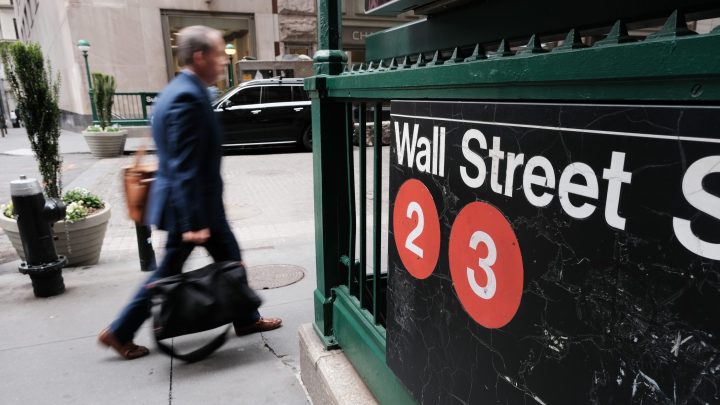
Corporate debt is getting more expensive. That’s not necessarily a problem.
Corporate debt is getting more expensive. That’s not necessarily a problem.

We’ve been talking a lot about government bonds in the last few weeks. Yields have been climbing over the last few months, with the 10-year Treasury moving from around 3.5% back in May to around 4.8% today. That happened as investors realized that the Federal Reserve will probably have to keep interest rates high, considering how strong this economy still is.
We care about rising bond yields because they make a whole lot of other things more expensive. Mortgages, for one. Also credit card debt. Municipal debt. And corporate debt has become more costly too.
Corporate bond yields have been rising at an even faster pace than government bond yields, hitting fresh highs recently.
“Levels that surpassed October of last year, which were kind of the post-Great Financial Crisis highs. Now we’re even above that,” said Winnie Cisar, global head of strategy at CreditSights.
She said that’s in large part because investors are getting a little more concerned “that corporate America, which has a pretty hefty amount of debt outstanding, is now going to have to pay more to refinance that debt.”
Corporations issue debt all the time. Lower-yielding bonds that are held by investors will mature, and now that new bonds are more expensive, companies might have to make decisions on where to cut back.
“Ranging from capital expenditures to mergers and acquisitions, building a new factory somewhere,” said John Bai, a finance professor at Northeastern University.
He said some of those decisions can be easy. Maybe a company builds two factories instead of four. But other decisions can be painful.
If interest costs are too high, “the other lever that unfortunately companies will likely pull is No. 1, cut down on [research and development]. And No. 2, cut labor force,” Bai said.
That said, many companies aren’t necessarily at the point where they have to start cutting back.
Matteo Arena, a professor at Marquette University, said a lot of companies re-upped their debt a few years ago, when interest rates were low.
They were thinking: “Even if we don’t need this money in the next two years, we probably need the money five, 10 years from now. We borrow now, and this bond is going to be good for 20, 30 years,” Arena said.
And many of those same companies have a lot of cash on hand. In large part because consumers are still spending.
That’s reduced the need for new debt, said Guy LeBas at Janney Montgomery Scott.
“Corporations are earning more revenues. And they have those revenues in part to pay off some of their existing debt load,” LeBas said.
LeBas added that when you look at how corporate debt compares to corporate earnings, that ratio is pretty healthy.
There’s a lot happening in the world. Through it all, Marketplace is here for you.
You rely on Marketplace to break down the world’s events and tell you how it affects you in a fact-based, approachable way. We rely on your financial support to keep making that possible.
Your donation today powers the independent journalism that you rely on. For just $5/month, you can help sustain Marketplace so we can keep reporting on the things that matter to you.

















